Home>Gardening & Outdoor>Home DIY & Maintenance>How To Organize Passwords On Paper
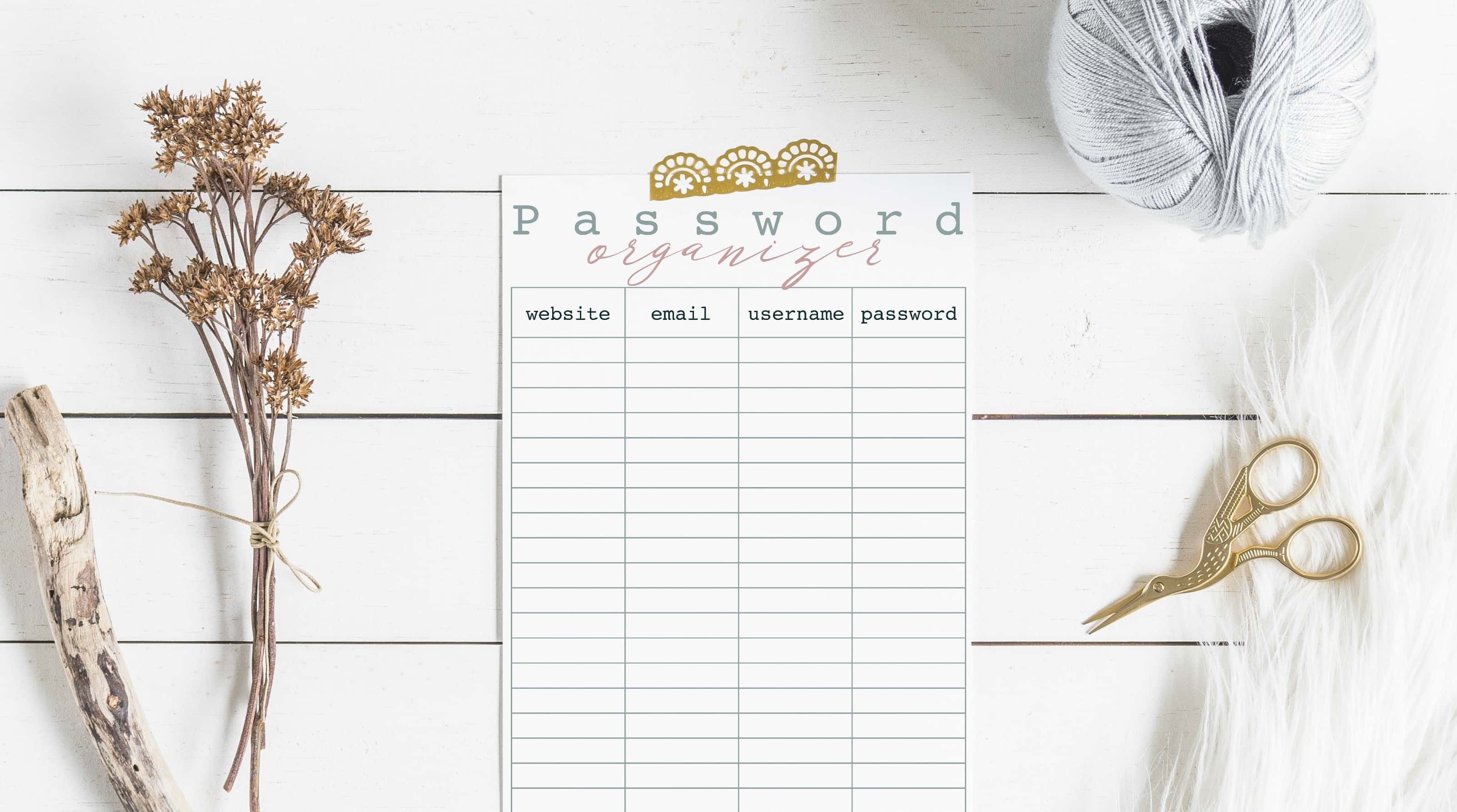

Home DIY & Maintenance
How To Organize Passwords On Paper
Published: March 2, 2024
Learn how to securely organize your passwords on paper with our home DIY and maintenance tips. Keep your information safe and easily accessible.
(Many of the links in this article redirect to a specific reviewed product. Your purchase of these products through affiliate links helps to generate commission for Storables.com, at no extra cost. Learn more)
The Importance of Paper Password Organization
In today's digital age, cybersecurity is more important than ever. With the increasing number of online accounts and the potential for security breaches, it's crucial to have a secure system for managing and storing passwords. While digital password managers are popular, some people prefer the old-fashioned method of organizing passwords on paper. This method has its own advantages, such as being offline and not susceptible to hacking. Organizing passwords on paper can provide a sense of control and security, especially for those who are wary of storing sensitive information online. It also offers a tangible backup in case of technological failures or emergencies.
Key Takeaways:
- Keep your passwords safe by organizing them on durable, secure paper. Use code words, encryption, and a decoy system for added security. Regularly update and categorize passwords for easy access.
- Choose the right paper for storing passwords. Consider durability, security features, and resistance to environmental factors. Create a secure system and maintain it regularly for maximum protection.
Read more: How To Store Passwords Safely On Paper
Choosing the Right Paper for Storing Passwords
When it comes to storing passwords on paper, not all paper is created equal. It's essential to choose the right type of paper to ensure the security and longevity of your stored passwords. Here are some factors to consider when selecting the paper for this purpose:
1. Durability
Opt for durable, high-quality paper that can withstand wear and tear. Look for acid-free paper to prevent deterioration over time. This ensures that your passwords remain legible and intact for an extended period.
2. Security Features
Consider using paper with security features such as watermarks or embedded security threads. These features can deter unauthorized duplication and tampering, adding an extra layer of protection to your stored passwords.
3. Size and Portability
Choose a paper size that is convenient for your storage needs. Whether it's a small notebook or index cards, select a size that is easy to store and transport while ensuring that the information remains discreet.
Read more: How To Organize A Craft Paper
4. Resistance to Environmental Factors
Select paper that is resistant to environmental factors such as moisture and light. This helps prevent damage from accidental spills or exposure to sunlight, preserving the integrity of your written passwords.
5. Concealability
Opt for paper that allows for discreet storage. Consider using opaque envelopes or folders to conceal the contents and prevent unauthorized access to your password information.
By carefully considering these factors, you can choose the right paper for storing passwords, ensuring the security and longevity of your sensitive information.
Creating a Secure System for Writing Down Passwords
When creating a secure system for writing down passwords, it's crucial to prioritize the protection of sensitive information. Here are some essential steps to establish a secure password writing system:
-
Use Code Words or Phrases: Instead of writing down actual passwords, use code words or phrases that only you can decipher. This adds an extra layer of security in case the written information falls into the wrong hands.
-
Employ Encryption Techniques: Consider using encryption techniques to encode your passwords on paper. This can involve using a unique cipher or algorithm that only you understand, making it challenging for unauthorized individuals to interpret the information.
-
Utilize a Decoy System: Implement a decoy system where you write down fake passwords alongside the real ones. This can confuse potential intruders who may gain access to your written records, adding an element of deception to safeguard your actual passwords.
-
Store in a Secure Location: Choose a secure and discreet location to store your written passwords. Whether it's a locked drawer, a safe, or a hidden compartment, ensure that the storage area is inaccessible to unauthorized individuals.
-
Avoid Identifying Information: Refrain from including any identifying information alongside your passwords. This means avoiding references to specific accounts, usernames, or any details that could directly link the written passwords to their corresponding accounts.
-
Regularly Update and Rotate: Periodically update and rotate your written passwords to maintain security. This involves rewriting the passwords using your established secure system and disposing of the old records securely.
By implementing these measures, you can create a secure system for writing down passwords, mitigating the risk of unauthorized access to your sensitive information.
Organizing Passwords by Category
When organizing passwords on paper, categorizing them can streamline access and management. Here's how to effectively organize passwords by category:
-
Identify Categories: Begin by identifying the categories that best suit your needs. Common categories may include social media, email, banking, shopping, utilities, entertainment, and work-related accounts.
-
Create a Clear Structure: Establish a clear and consistent structure for organizing passwords within each category. This could involve using a separate page or section for each category, ensuring that passwords are neatly arranged and easy to locate.
-
Use Descriptive Labels: Label each category clearly and descriptively. This helps in quickly identifying the type of accounts contained within each category. For example, "Finance – Banking" or "Social Media – Facebook."
-
Color-Coding: Consider using color-coding to visually differentiate between categories. This can be achieved by using colored tabs, sticky notes, or markers to designate each category, making it easier to navigate through the organized passwords.
-
Alphabetical Order: Arrange passwords within each category in alphabetical order based on the name of the associated account or platform. This systematic approach simplifies the process of locating specific passwords when needed.
-
Separate Personal and Work Accounts: If applicable, maintain a clear separation between personal and work-related accounts. This ensures that sensitive work-related passwords are not inadvertently accessed or disclosed.
-
Include Additional Information: Alongside each password, consider including additional information such as account usernames, security questions, and any specific instructions related to the account. This comprehensive approach provides a holistic view of each account's security details.
-
Regularly Review and Update: Periodically review and update the categorized passwords to reflect any changes or additions. This ensures that the organization remains current and accurate, reflecting the evolving landscape of online accounts.
By organizing passwords into distinct categories, individuals can efficiently manage and access their various account credentials, enhancing overall security and convenience.
Read more: How To Organize Paper Files At Work
Updating and Maintaining Your Paper Password System
Maintaining a paper-based password system requires regular updates and diligent upkeep to ensure its effectiveness and security. Here are essential steps to update and maintain your paper password system:
-
Scheduled Reviews: Set a recurring schedule to review and update your paper-based passwords. This could be done monthly, quarterly, or as frequently as needed based on your level of account activity.
-
Check for Changes: During the review, check for any changes in your online accounts, such as password updates, new accounts, or deactivated ones. Update your paper records accordingly to reflect the current status of each account.
-
Dispose of Outdated Information: Safely dispose of any outdated or irrelevant password records. Shredding or securely destroying old records prevents unauthorized access to obsolete information.
-
Refresh Encryption Techniques: If you employ encryption techniques for your passwords, consider refreshing the encryption methods periodically to enhance security. This may involve updating your encryption algorithm or modifying your decoding process.
-
Backup and Redundancy: Create backup copies of your paper password records and store them in a separate, secure location. This redundancy ensures that you have a backup in case the original records are lost or damaged.
-
Update Security Measures: If you store your paper passwords in a physical location, ensure that the storage area maintains its security measures. This may involve changing locks, updating safes, or enhancing the security of the storage location.
-
Reinforce Discreet Handling: Remind yourself and any authorized individuals about the importance of discreetly handling the paper-based password system. Emphasize the need to keep the information confidential and secure from unauthorized access.
-
Review Access Permissions: If you share access to the paper password system with trusted individuals, periodically review and update the permissions. This ensures that only authorized individuals have access to the sensitive information.
-
Stay Informed: Stay informed about best practices for password management and security. Keep abreast of any new developments in cybersecurity and adjust your paper-based system accordingly.
By consistently updating and maintaining your paper password system, you can ensure that your sensitive information remains secure, accurate, and accessible when needed.
Frequently Asked Questions about How To Organize Passwords On Paper
Was this page helpful?
At Storables.com, we guarantee accurate and reliable information. Our content, validated by Expert Board Contributors, is crafted following stringent Editorial Policies. We're committed to providing you with well-researched, expert-backed insights for all your informational needs.


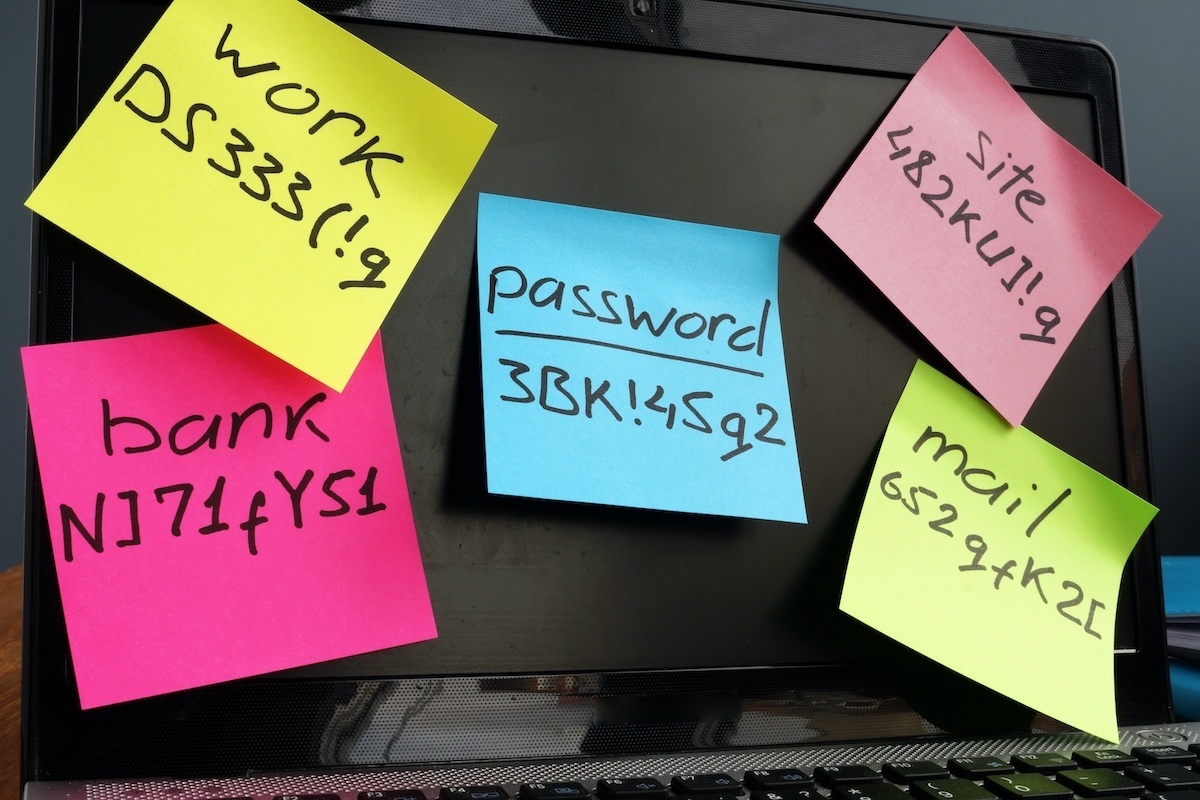

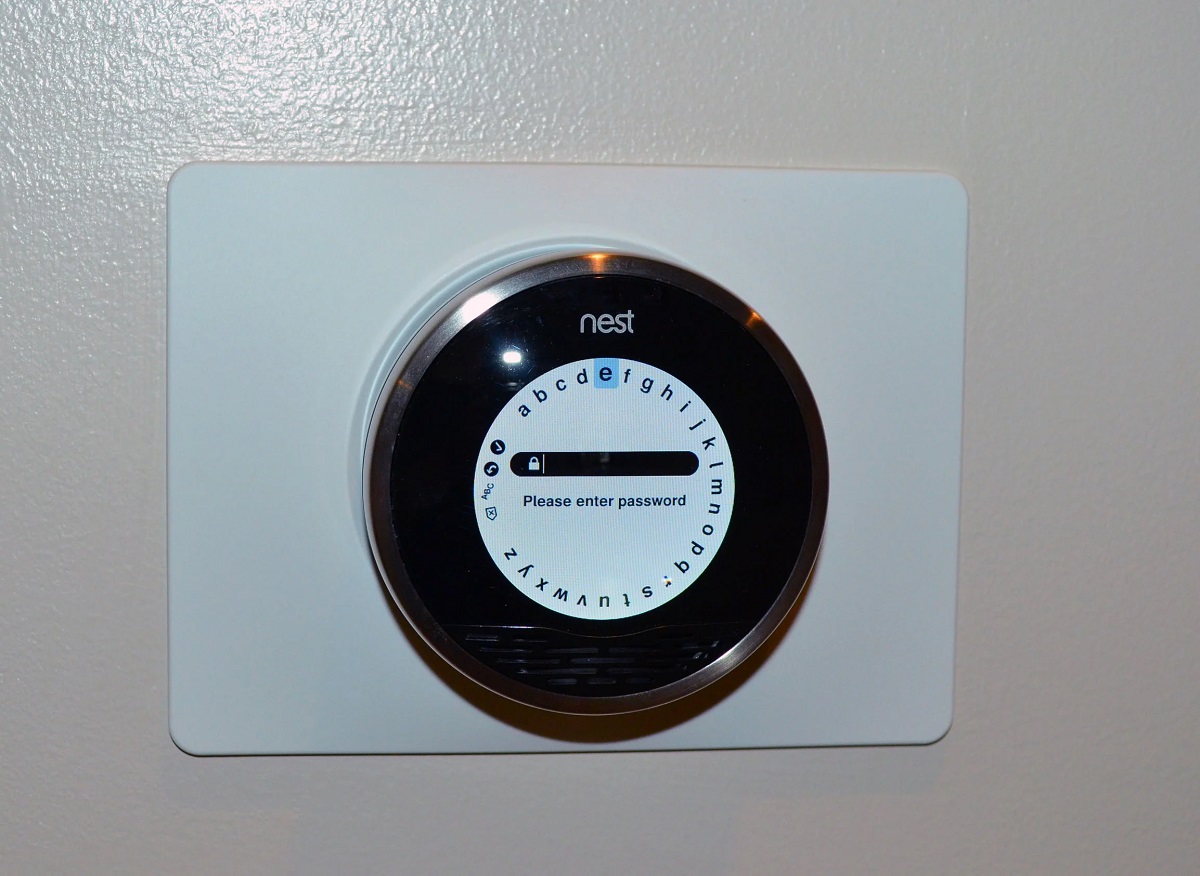

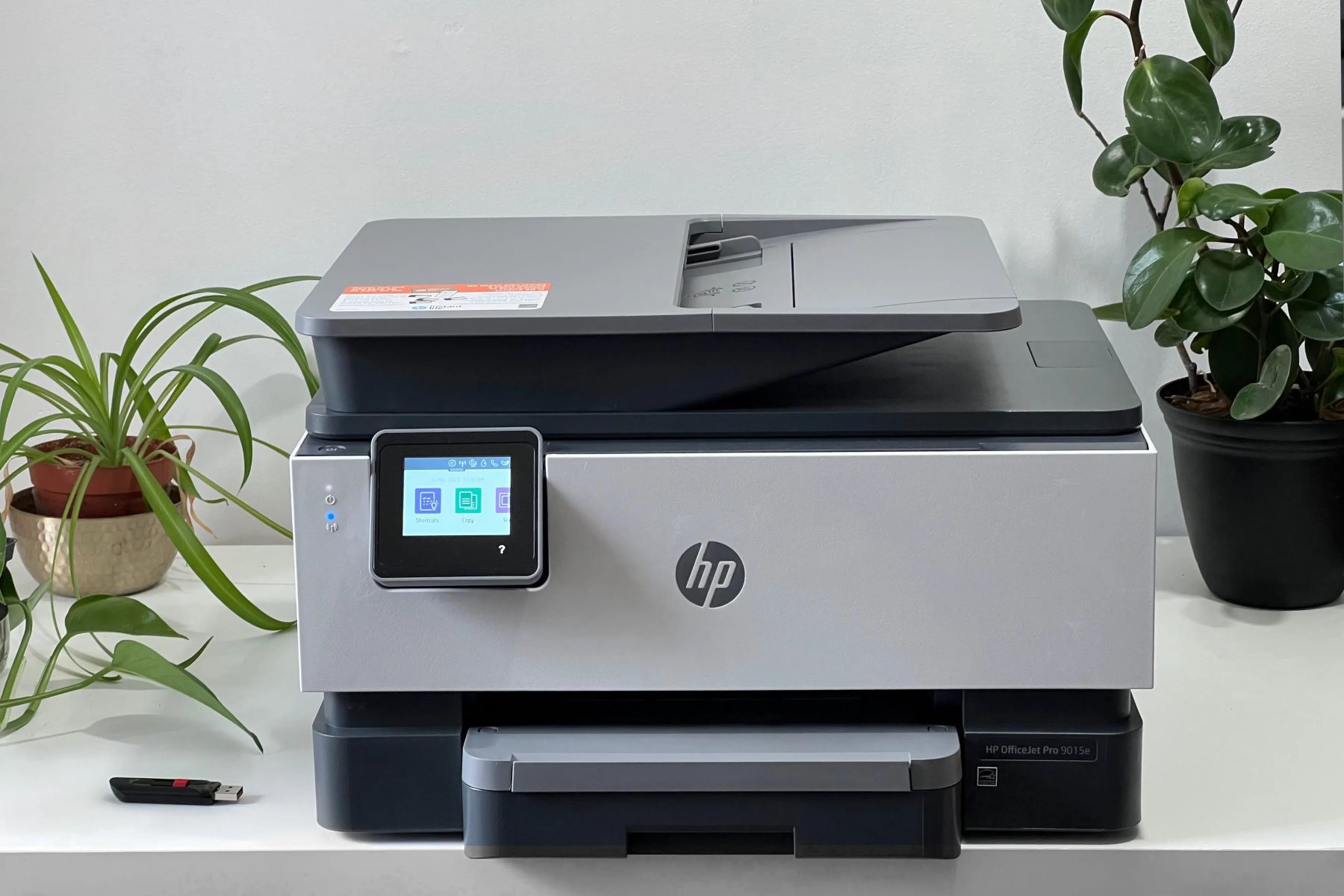


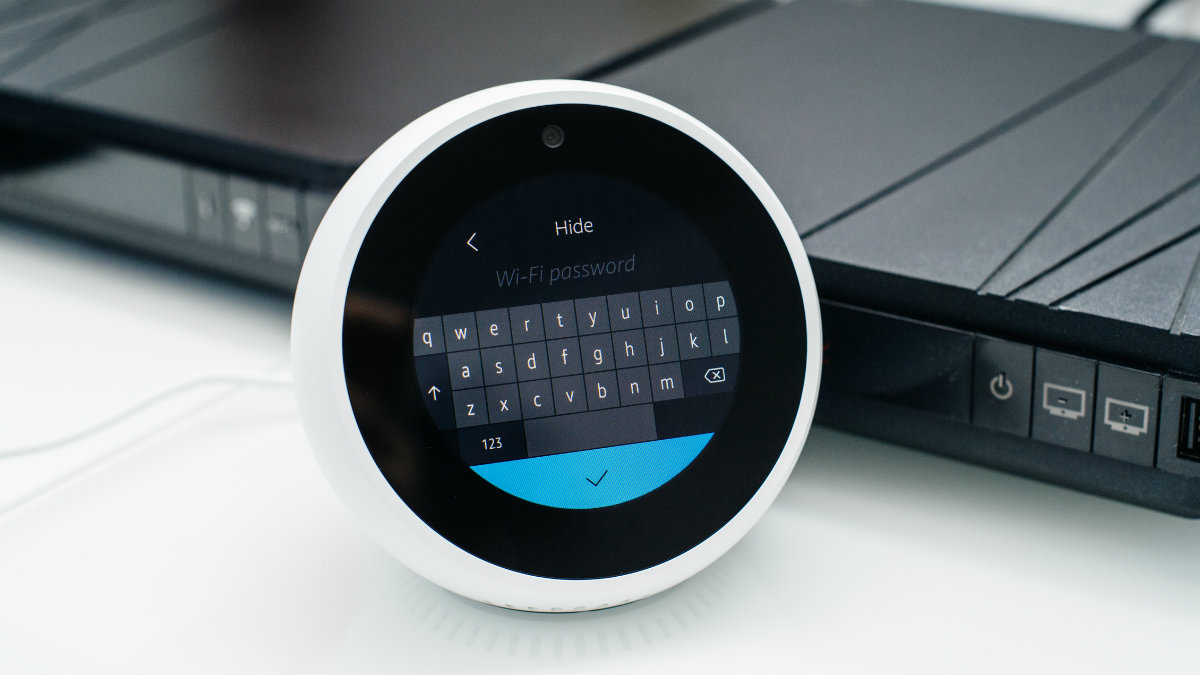
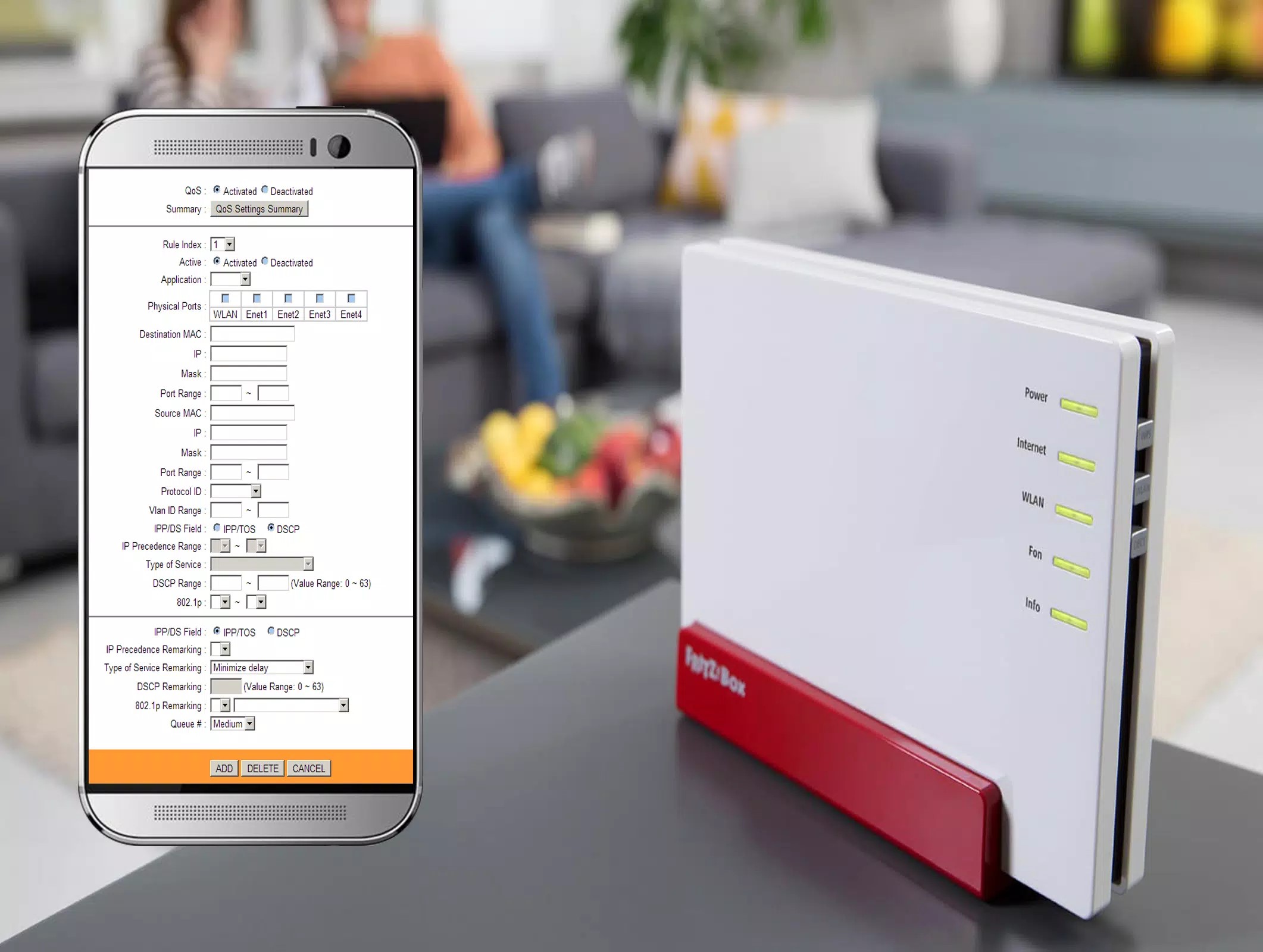
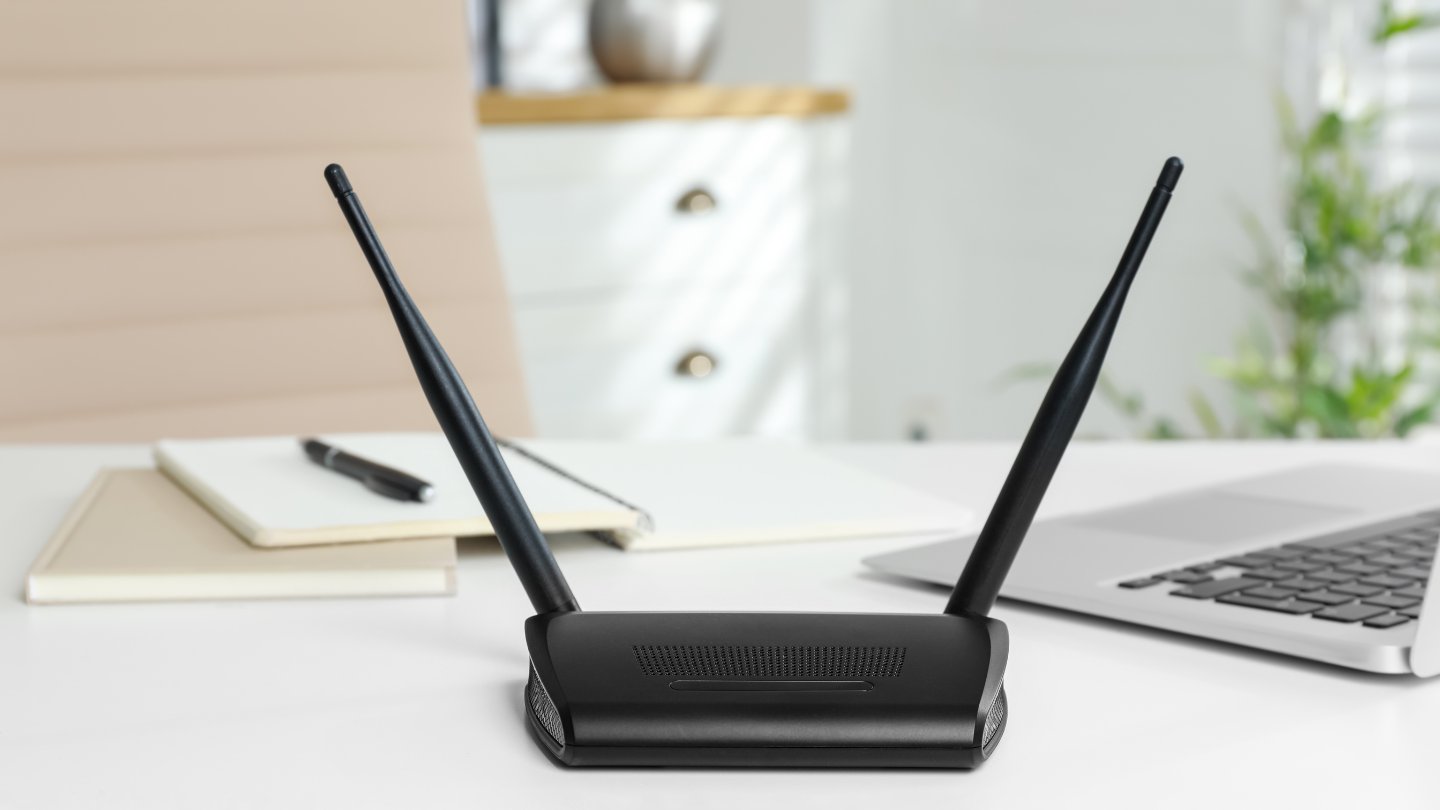
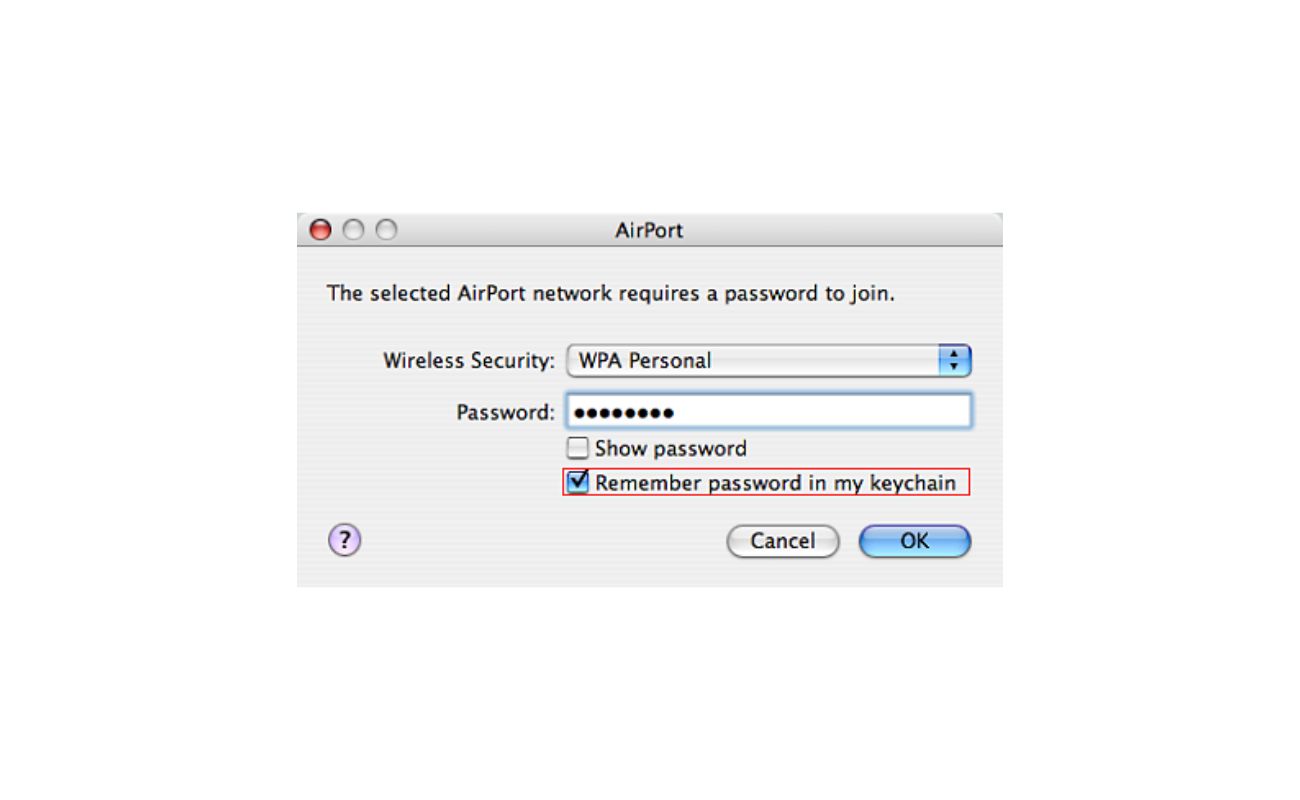

0 thoughts on “How To Organize Passwords On Paper”